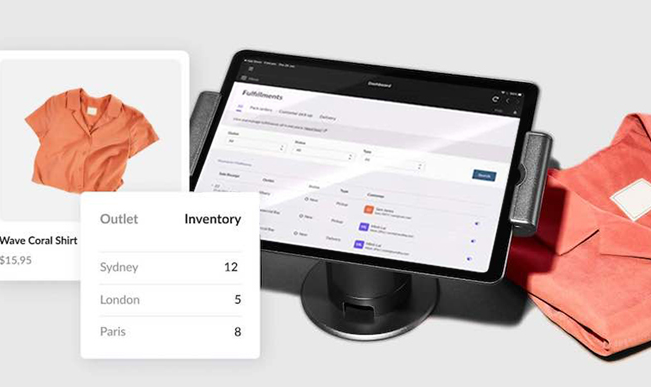
The Role of POS Systems in Inventory Management
POS systems have evolved beyond mere transaction processing tools to encompass sophisticated management capabilities. These systems offer a suite of features that empower businesses to:
Track Inventory Levels
Monitor stock levels in real-time, ensuring visibility into the availability of each product.
Set Reorder Points
Establish automated reorder points to replenish stock before it reaches depletion levels.
Manage Product Variants
Track and manage multiple variations of a product, such as different colours, sizes, or styles.
Receive and Manage Inventory
Streamline the process of receiving new inventory, updating stock levels, and assigning product codes.
Track Product Movement
Analyze product sales data to identify fast-moving and slow-moving items, informing inventory stocking strategies.
Generate Inventory Reports
Generate comprehensive reports to gain insights into inventory trends, identify potential issues, and make data-driven decisions.
Benefits of POS-Driven Inventory Management
Implementing a POS system for management offers a multitude of benefits for businesses:
Reduced Stockouts and Overstocks
Real-time inventory tracking minimizes stockouts, preventing lost sales and customer dissatisfaction. It also helps avoid overstocking, reducing storage costs and the risk of product obsolescence.
Improved Purchasing Efficiency
POS data provides insights into product demand, enabling businesses to optimize purchase orders and avoid unnecessary expenses.
Enhanced Customer Satisfaction
Accurate inventory tracking ensures that customers can find the products they want, leading to increased satisfaction and repeat business.
Reduced Shrinkage
POS systems can track product movement and identify potential theft or loss, helping to reduce shrinkage and protect profits.
Informed Decision-Making
Inventory reports provide valuable data for making informed decisions about product assortment, pricing strategies, and marketing campaigns.
Implementing POS-Driven Inventory Management
To effectively implement POS-driven management, consider these steps:
Choose the Right POS System
Select a POS system with robust inventory features that align with your business size and industry needs.
Data Migration
Carefully migrate existing inventory data to the new POS system, ensuring data integrity and accuracy.
Barcode Implementation
Implement barcode scanning to streamline product identification and data entry for inventory tracking.
Employee Training
Provide comprehensive training to employees on POS management features and procedures.
Conclusion
POS systems have revolutionized inventory management, transforming it from a manual task into a data-driven, efficient process. By embracing the power of POS systems, businesses can optimize their stock levels, minimize costs, maximize sales opportunities, and deliver exceptional customer experiences. With careful implementation and ongoing optimization, businesses can unlock the full potential of POS-driven inventory management, ensuring a thriving and profitable future.